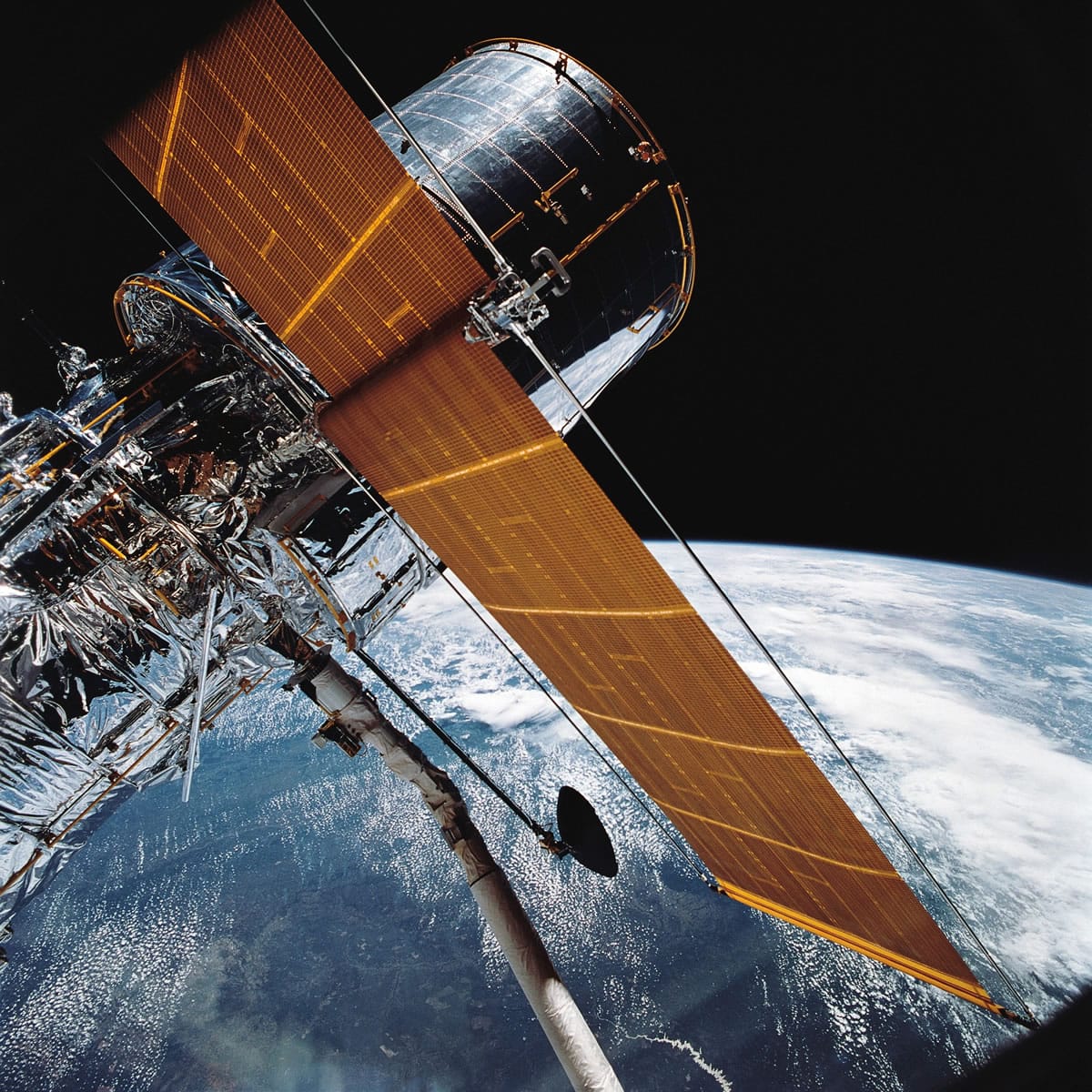CAPE CANAVERAL, Fla. — One of NASA’s crowning glories, the Hubble Space Telescope, marks its 25th anniversary this week.
With 1 million-plus observations, including those of some of the farthest and oldest galaxies ever beheld by humanity, no man-made satellite has touched as many minds or hearts as Hubble.
NASA is celebrating Friday’s anniversary with ceremonies this week at the Smithsonian Institution and Newseum in Washington.
A look at Hubble’s quarter-century in orbit about 350 miles above Earth:
A blurry start
A full decade in the making, Hubble, named for American astronomer Edwin Hubble, rocketed into orbit on April 24, 1990, aboard space shuttle Discovery.
Sky-high excitement turned into bottomless agony when it quickly became apparent that the telescope’s primary mirror had been botched during manufacturing, resulting in blurry eyesight. Three years later, with NASA’s reputation and entire future on the line, a team of astronauts managed to restore Hubble’s promised vision with replacement parts.
Overhauls and tuneups
Shuttle astronauts visited Hubble five times, from 1993 to 2009, to make improvements and repairs to the 43-foot-long observatory, about the size of a school bus.
Impressive stats
Hubble has traveled 3.4 billion miles, circling Earth nearly 137,000 times and making more than 1.2 million observations of more than 38,000 celestial objects, according to the Space Telescope Science Institute in Baltimore. The most distant objects spotted by Hubble — primitive galaxies — are some 13 billion light-years away and date to within 400 million or so years of the universe’s origin, known as the Big Bang.
Discoveries
Early on, Hubble proved the existence of super-massive black holes — and found they’re located at the center of most galaxies. It also helped to pinpoint the age of the universe at 13.8 billion years old, by determining the current rate of expansion of the universe with an uncertainty of just 3 percent, said Mario Livio, an astrophysicist at the space telescope institute.
The space telescope has shown that the birth rate of stars hit a peak in the universe about 10 billion years ago and has been declining ever since, Livio said.
Astronomers have published 12,800 scientific papers based on data from Hubble.



